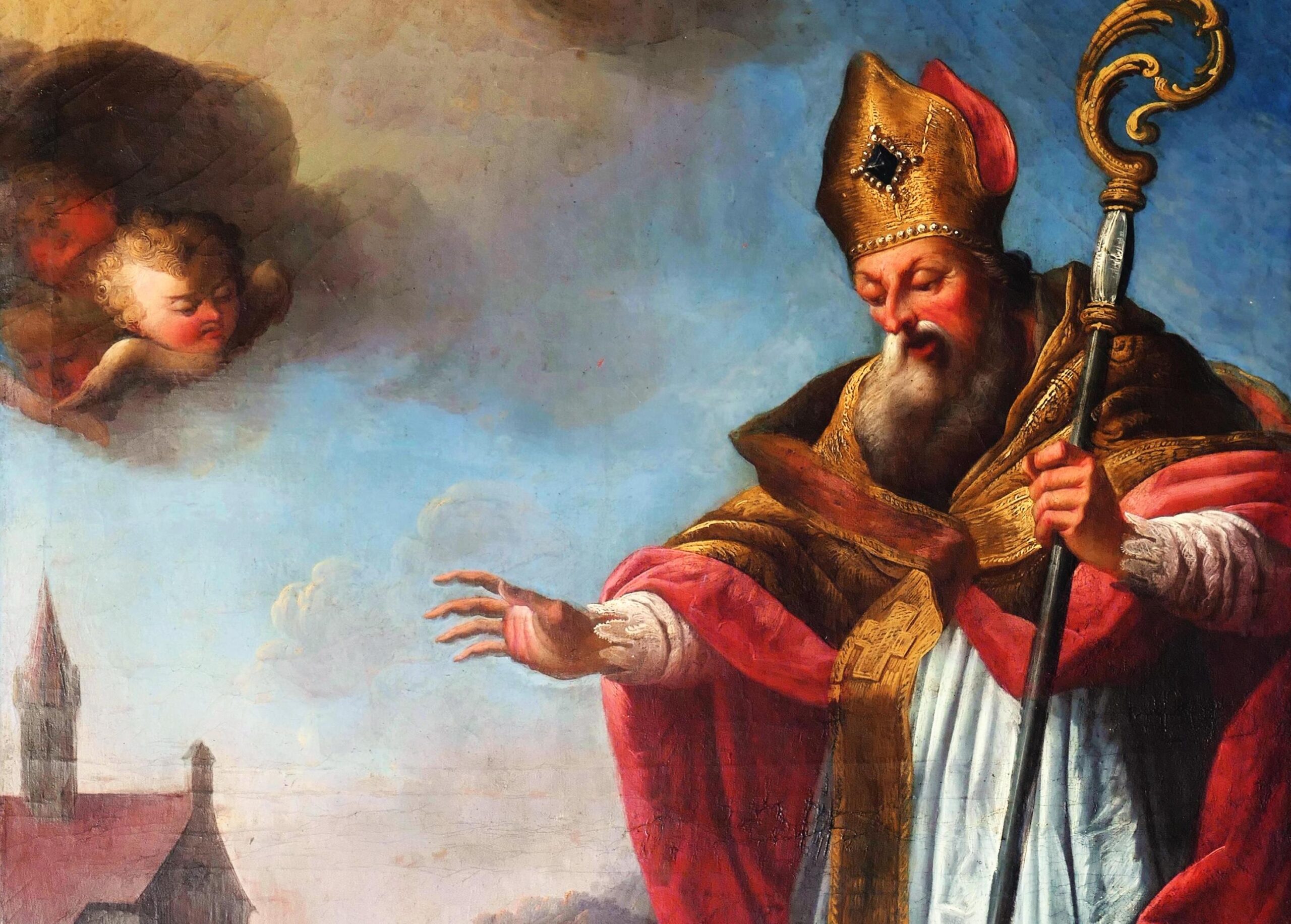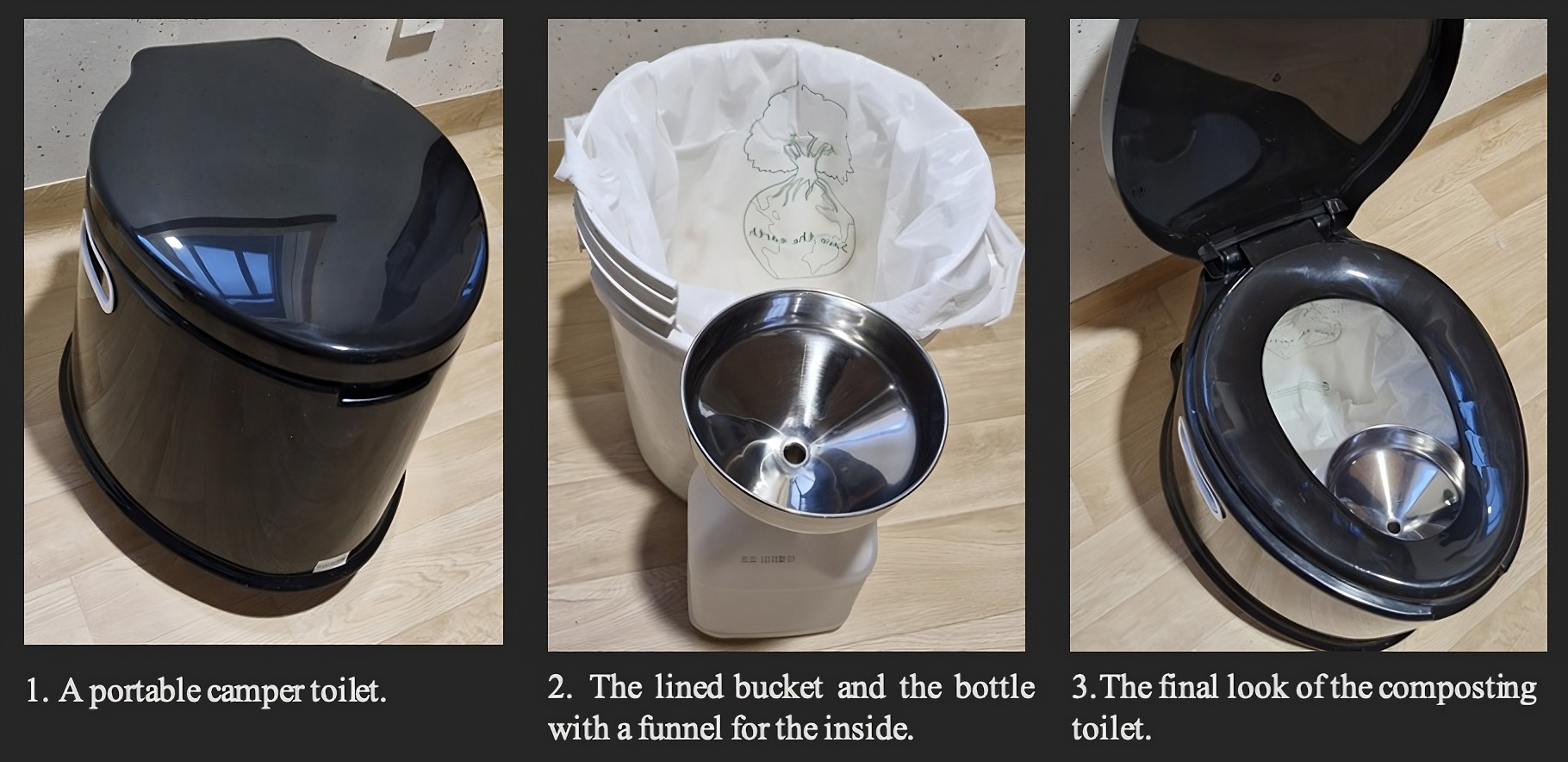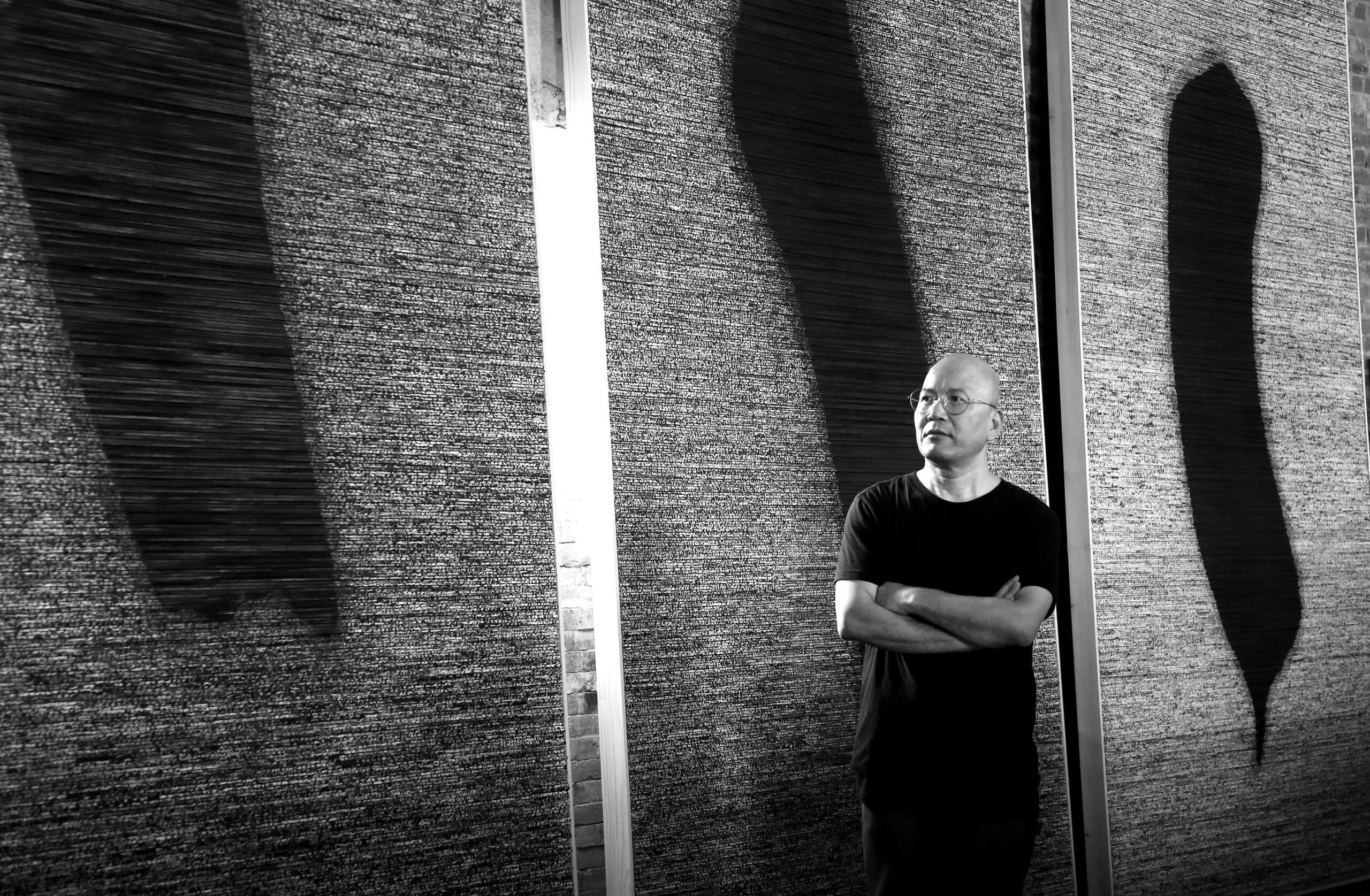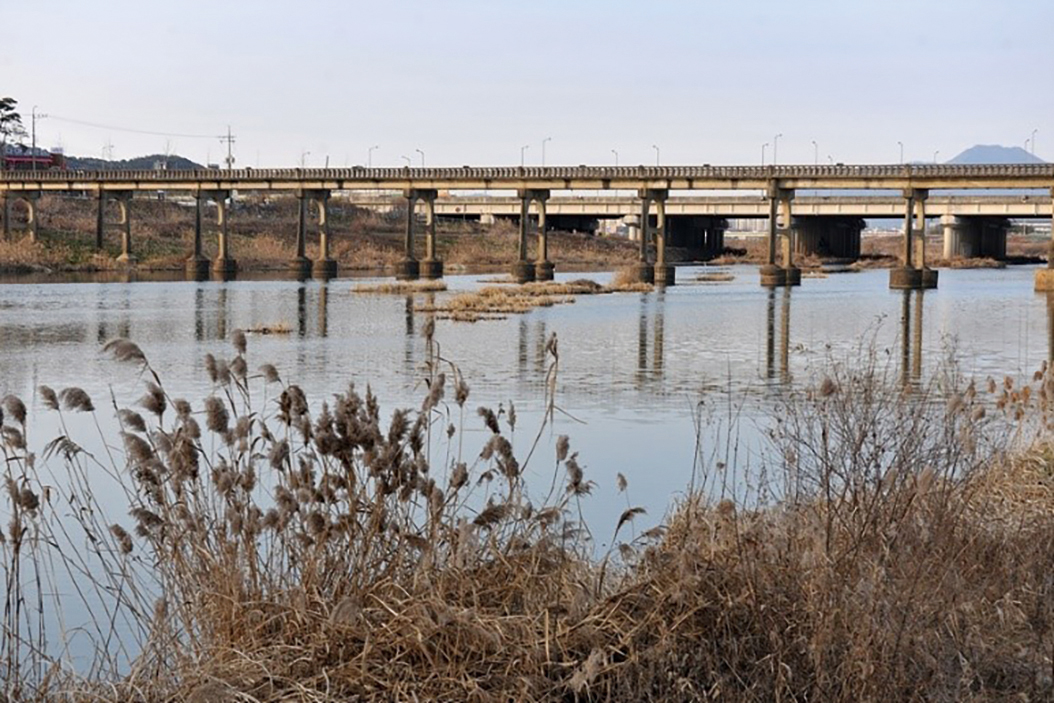Gwangju Area Tragedy During the Korea War
By Park Yeonju
The Korean Peninsula has been separated for 74 years and the situation between the divided North and South is still belligerent. Separated families who still have those left behind across the 38th parallel live in a longing that cannot be shaken off. The countries are divided by just one border but are very different in appearance. North Korea is ruled by a communist government while South Korea is a formally established democratic country. The distinct political systems have further emphasized the rivalry and tension between the two countries. In early 2024, North Korea defined South Korea as its most dangerous adversary and insisted that they remove the expressions “self-reliance,” “peaceful unification,” and “national unity” from their constitution.
Background of the Korean War
The Korean War actually started with the historic moment of liberation on August 15, 1945. When World War II ended with the victory of the Allies after Japan’s surrender, Korea was finally freed from Japan’s harsh rule. The deeply moving liberation was attributed not only to the victory of the Allies but also to the shining outcome of our nation’s independence movement that encouraged the people to stand up against Japan until the end. However, the hard-won liberation did not result in complete independence.
Apart from the will of the Korean people who aspired for a unified nation, the 38th parallel was drawn across the Korean Peninsula for post-World War II administration. The Soviet forces were stationed in North Korea, while the U.S. forces were stationed in South Korea, disarming the remaining Japanese troops on the Korean Peninsula. The 38th parallel was drawn for the purpose of military convenience in the early days, but later, as the Cold War order, which centered on the United States and the Soviet Union, deteriorated, Korea eventually became a political victim. The escalation of confrontation between the liberal camp led by the United States and the communist camp led by the Soviet Union, left behind another challenge. This division of the nation, cast a shadow over the joy of liberation.
On Sunday, June 25, 1950, at 3 a.m., following a prearranged plan code-named Storm 224, North Korea launched a surprise invasion across the 38th parallel into South Korea without any declaration of war. South Korea was so unprepared for war that the North quickly moved south across the peninsula, occupying all territory but that which became known as the Pusan Perimeter. With General MacArthur’s Incheon Landing, Northern troops were quickly pushed northward, almost to the border with China. Chinese troops then entered the war to aid North Korea, and the battle line finally stabilized across the center of the peninsula for the remainder of the war.
Sandong Bridge, Gwangju’s Battleground
A physical trace of the Korean War remains in Gwangju in the form of the former Sandong Bridge, located in Donglim-dong, Buk-gu. The Sandong Bridge was an important defensive position on the road from Honam to Masan. The bridge still stands to remind us of that historical day.
Bang! On July 23, 1950 at 4:00 a.m., the Sandong Bridge fell. The bridge was part of National Route 1, which connected Mokpo on the southern coast to Sinuiju on the Chinese border. The bridge was six meters wide and 228 meters long. Built in 1934, the reinforced concrete bridge, served as a passageway in and out of northern Gwangju. On July 22, less than a month after the outbreak of the Korean War, the People’s (North Korean) Army advanced all the way to Gwangju.
The 20th Regiment of the 5th Division was the defense unit for the Honam area at the beginning of the war. As they were deployed to the front lines, the 26th Regiment was newly formed in their absence. The 26th Regiment consisted of residual troops and secondary school students from the Gwangju area. However, they were far short of the number of troops needed to form a regiment. Each battalion was also very short on weapons; only about 10 percent of the forces were in possession of a rifle.
The People’s Army was moving south from Jangseong, and the joint military and police units, unable to overcome their strength, eventually blew up Sandong Bridge. The bridge was a strategically crucial choke point to entering Gwangju from the north. The goal of blowing up the bridge was to delay the advance of the North Korean military towards Gwangju.
On the same day at 11:30 a.m., the People’s Army arrived in front of the collapsed Sandong Bridge and the joint military and police units fought back by firing mortars and rifles, but they could not overcome the ruthless attack by the People’s Army. Eventually, the joint units decided to retreat after about an hour of fighting; that hour saved the lives of many Gwangju citizens.
Residents of the region, unaware that the People’s Army had arrived, were able to take refuge after hearing the sounds of gunfire near Sandong Bridge. To ensure the safety of the residents, the division commander went to the broadcasting station and encouraged them to take refuge. The unit may have failed in defend the bridge, but they succeeded in protecting the citizens. Despite their unfortunate condition, the South Korean military and police resisted the overwhelming attack of the North Korean military towards the end. As a consequence of this battle, about 30 people were killed and about 50 others were injured.
This historical bridge was on the verge of demolition in 1992 when a new Sandong Bridge was built next to the remains of the old one. Owing to public opinion, the destroyed bridge was eventually preserved and protected as Gwangju’s only battlefield site during the Korean War. In 2011, it was designated as a memorial facility and serves as a rest area and educational site for citizens.
The former Sandong Bridge is filled with traces of fierce battle and pain. The bridge still stands above the leisurely flow of the Yeongsan River as a reminder of Korea’s historical division. Numerous people visit the Sandong Bridge Park daily, but many do not know that it was once a Korean War battlefield. To honor those who fought in the battle and made their sacrifices, why not cross this bridge in gratitude?
South Jeolla Has Highest Civilian Casualties
Another tragedy left by the Korean War is the slaughter of civilians. During the war period, innocent civilians were frequently taken by the military, the police, or the People’s Army and eliminated. In South Jeolla, right-wing figures were taken and eliminated during the occupation and retreat of the People’s Army. And after their retreat, the security condition was unstable, allowing for many incidents by leftists or partisans.
During the Korean War, the number of civilian victims was 12,364 nationwide. Among them, 4,892 victims in South Jeolla was the largest, accounting for almost 40 percent of South Korean victims. In particular, many tragedies occurred in Yeonggwang, Hampyeong, and Hwasun, where partisan activities were centered due to the large number of mountainous areas in which they could hide.
The massive counterattack of the UN forces along with the Battle of Incheon made the People’s Army unable to hold onto the territory they occupied. North Korea ordered the People’s Army Front Command to retreat. They gave instructions to take over villages in mountainous areas, stockpile food, and remove all elements that would aid UN forces. Communist-leaning partisans followed these instructions and began their activities by hiding in the mountains and occupying villages. There were frequent battles with the South Korean military and police, and numerous civilian causalities occurred in the process.
“Republic of Korea by day, People’s Republic by night.” This was the situation in South Jeolla at the time. During the day, Korean soldiers and police entered villages. At night, partisans came down from the mountains to the villages and were active; it was the civilians who suffered from both the South Korean military and police, and the partisans in their mountainous base areas. Among them, Yeonggwang is the area where the most civilian casualties occurred. In Yeonggwang, the partisans were active in Bulgap Mountain, Taecheong Mountain, and Gusu Mountain. Most of the civilian victims in the Yeonggwang area were executed without due process by the military and police for participating in left-wing activities or cooperating with the partisans.
There were also causalities caused by partisans. Soon after the outbreak of the Korean War, Yeonggwang was occupied by the People’s Army. The People’s Army as well as partisans killed military and police personnel, and residents who did not cooperative with the partisans as well as right-wing family members. When the military police carried out recovery operations, they killed residents, labeling them as partisans and collaborators. The partisans and the military and police took turns slaughtering civilians. The police gathered villagers, arbitrarily selected collaborators, and brutally killed them with their knives and guns.
In Hampyeong, between November 20, 1950, and January 14 the following year, hundreds of residents were killed en masse by the military and police. It is known as the 11th Division Yangmin Massacre because the 5th Company of the 20th Regiment of the 11th Infantry Division, which was stationed there to wipe out partisans, committed the atrocities. At the time, the victims were said to have sympathized with the partisans, but it turned out through investigation of the incident that they were actually innocent. Hampyeong residents, except for families of the military and police, were shot indiscriminately.
Hwasun’s first instance of civilian casualties occurred in September 1950 during the withdrawal of North Korea’s People’s Army due to the Incheon Landing. The People’s Army dragged 64 individuals imprisoned at Gwangju Prison and Hwasun’s local police station to a nearby reservoir and shot them. The partisans executed residents for welcoming in the South Korean military and police by waving national flags and also for living a rich lifestyle. The military and police did the same. They incinerated mountain villages to isolate the partisans, and brutally killed villagers, saying that the residents cooperated with the partisans.
A truce was signed on July 27, 1953, effectively ending the Korean War. The pain of Gwangju and South Jeolla during that war, which has not received much notice so far, should be remembered and given our attention even today. I look forward to seeing peace on this divided Korean Peninsula someday and will be remembering the 74th anniversary of the Korean War this year.
Sandong Bridge photographs courtesy of the Gwangju City AV Archive (http://gjarchive.kr/t_04041/32070).
Korean wartime photographs courtesy of the War Memorial of Korea.
The Author
Park Yeonju is an undergraduate at Chonnam National University, majoring in political science and diplomacy as well as Chinese language and literature. She was born and raised in Gwangju and wants to promote the colorfulness of the city that she has been with for a long time. Also, she wants to deliver various voices of the world. It is her dream to become a true journalist by inheriting the spirit of May 18.




